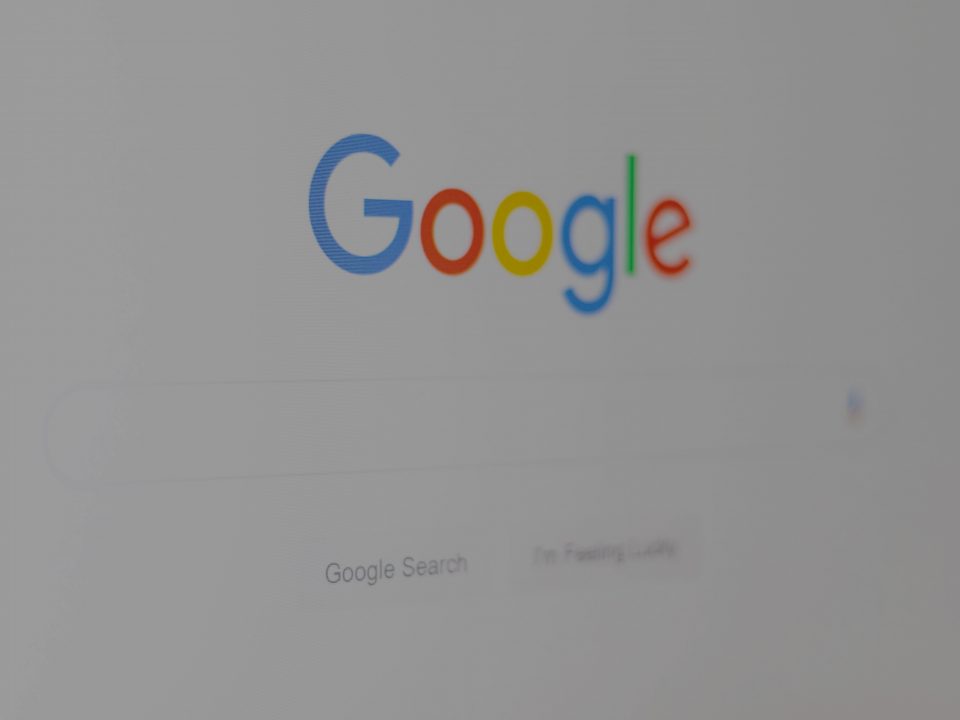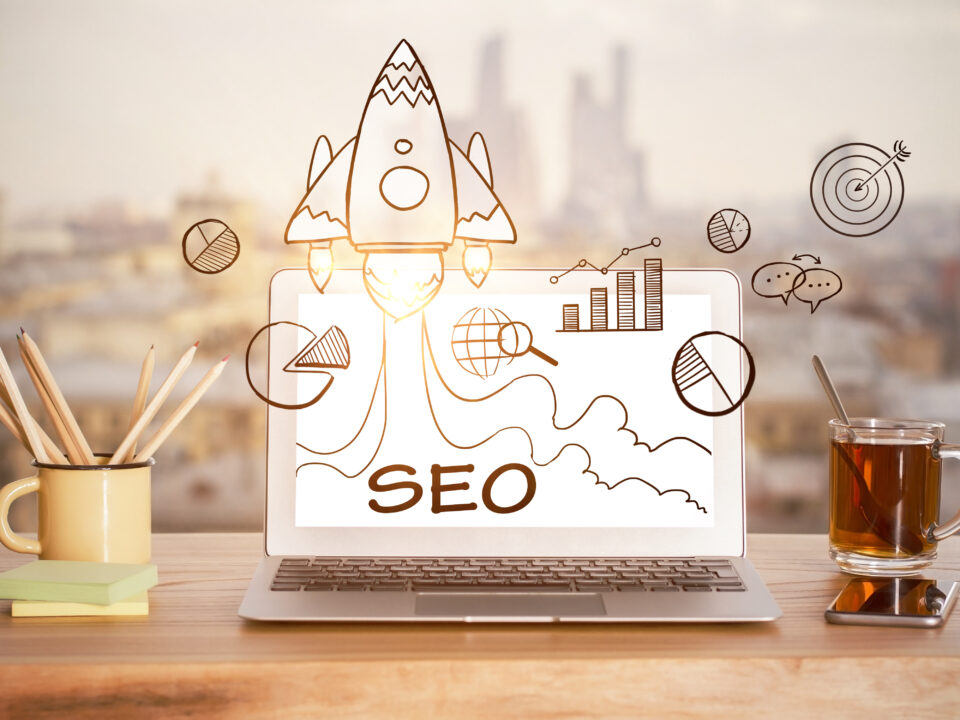SEO or SEM = Organic Search vs. Paid Search

Gratitude – Work Beat Wednesday
April 17, 2019
Deep – Work Beat Wednesday
April 24, 2019We often hear people throw the acronyms SEO, SEM, PPC, CPC, CPM, etc. around all the time. We are here to set the record straight and simplify things for you.
SEO = Search Engine Optimization = Organic Search = Content Marketing
SEO is one of the most overused terms (and we cannot stress that enough) in the digital marketing industry. Many people believe SEO is synonymous or an umbrella term for digital marketing. This isn’t necessarily true. SEO stands for Search Engine Optimization which refers to optimizing results in the search engine. Not to get too confusing but SEO primarily targets “organic” search results aka NON-Paid results when using search engines like Google, Bing, Yahoo, etc.
How do you get Google to rank you in that glorious first position?
There are over 200+ ranking factors, and there’s no use chasing them all because it’s just not ideal or scalable. The fundamental concept that you have to understand is that everyone who uses a search engine is looking for an answer or information around the keyword or topic. Google isn’t going to rank you for particular keywords/topics unless you provide a decent amount of content in the form of text, images, videos, etc.
This means a large portion of SEO efforts is ensuring you have this sort of content around the keywords and topics someone is searching for. You want to ensure that you’re one of the top resources around that particular keyword or topic (Have people looking for you for answers). This is why we generally associate SEO with content marketing which is the creation of your marketing material that would populate your website with the desired information Google would want to see to have a fighting chance for rankings.
The reality of the situation is that despite starting efforts in creating this content, it’s going to take time. Google isn’t just going to put you in the top slot because you have some substance. It needs to be so informational and useful that other people and websites will acknowledge what you’ve put together and point links to your content. This is why developing “quality content” becomes paramount, don’t just type anything and expect to get results. The reality is that this could take anywhere from six months to over a year depending on your vertical.
There has to be a quicker way!? We will get there don’t worry.
SEM = PPC = Pay Per Click = Paid Search
SEM is one of the most confusing terms in the space. There are debates all the time about what it covers. It stands for Search Engine Marketing which in theory would encapsulate all things in regards to Search Engines including SEO/Organic Search and PPC/Paid Search. There are a large group of people who would say to you that SEM primarily focuses on the paid side of the Search Engine universe. We will be honest with you; there is no right or wrong answer in our book.
What we will tell you is that despite what you decide what SEM covers, PPC (Pay Per Click) does precisely align itself to the paid side of things. The PPC model is the advertising model where an advertiser pays the platform whenever a user clicks one of its ads. When people reference PPC, majority of them align the term to Paid Search. The PPC model is ubiquitous across many different digital advertising channels not just Paid Search.
Paid Search advertising is the immediate solution for gaining traction compared to organic search. We talked about how long SEO efforts can take and ultimately you could never determine the length of time until you see results on that front.
Paid Search gives any business the ability to have their ads that appear at the top of the search engine results page (SERP). It can be intimidating running paid search campaigns, but we will try to simplify it for you don’t worry.
A company would set a desired bid to appear in the search results per keyword and if the overall rank of the keyword is high enough the ad will appear. If a user clicks the ad when shown the advertiser will pay a cost per click (CPC) that is determined based on the max bid amount chosen by the company. Everything described above happens in a real-time auction that ranks each businesses keyword and shows the ads for the businesses with the highest rank.
Google Ads (formerly Google AdWords) and Microsoft Bing Ads are the two most prominent players in the paid search side of things. Google essentially became the company it is today due to its advertising platform in Google Ads.
The reason why Paid Search is the most common form of digital advertising is that it’s reaching people who already have the intent to purchase or find something. This means the user is in the research or at a point of need for a service or product. The bottom of the funnel we call it.
The Paid Search side of things falls across numerous platforms, not just Google Ads and Bing Ads. Yelp Ads, Amazon Ads, YouTube Ads, and quite a few others work in a similar fashion of setting a price per keyword click with the CPC (Cost per Click) model of charging advertisers.
What about CPM?!
As an added value we will educate you on CPM. This is the popular alternative model for charging advertisers besides the CPC model. CPM stands for Cost per Mille. Mille being Latin for thousand. If you put it all together, we are talking Cost per Thousand Impressions (the price for serving your ad 1,000 times). This pricing model charges the advertiser based on how many times the ad was served versus clicked. Depending on the objective of a campaign would determine which might work best or at the end of the day specific platforms you would want to test both models if given the option to run both.
Conclusion
We have gone over quite a few different acronyms, the two major search engine strategies, and a few different pricing models. We hope you are now are a bit more educated and comfortable with some of the more common terms used in the digital marketing space. The paid search side of things was simplified and is not to be underestimated as many people dedicate their entire careers to just being paid search experts due to the complexity of it. We here at YuzzBuzz are data and marketing nerds so we can help you manage any platform, budget, or need for your business success.




